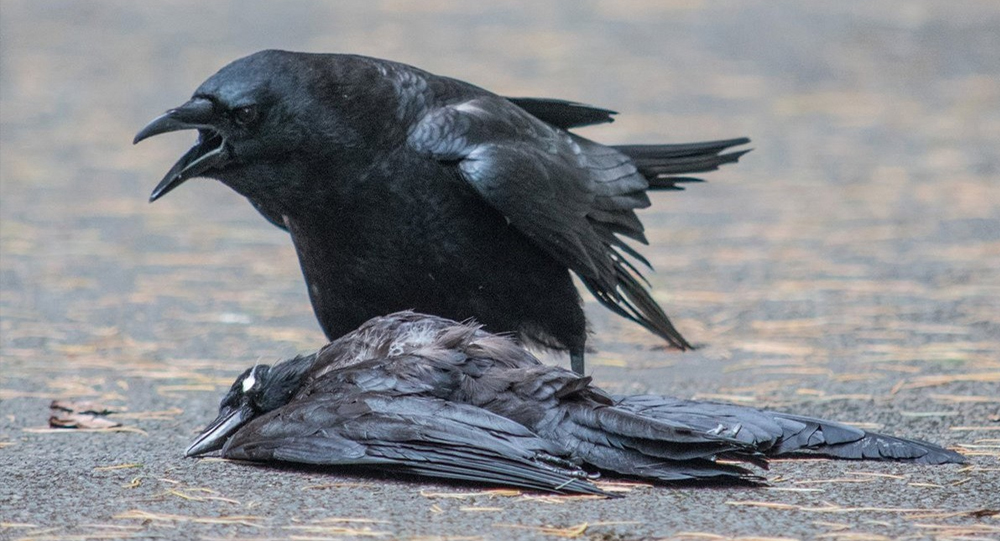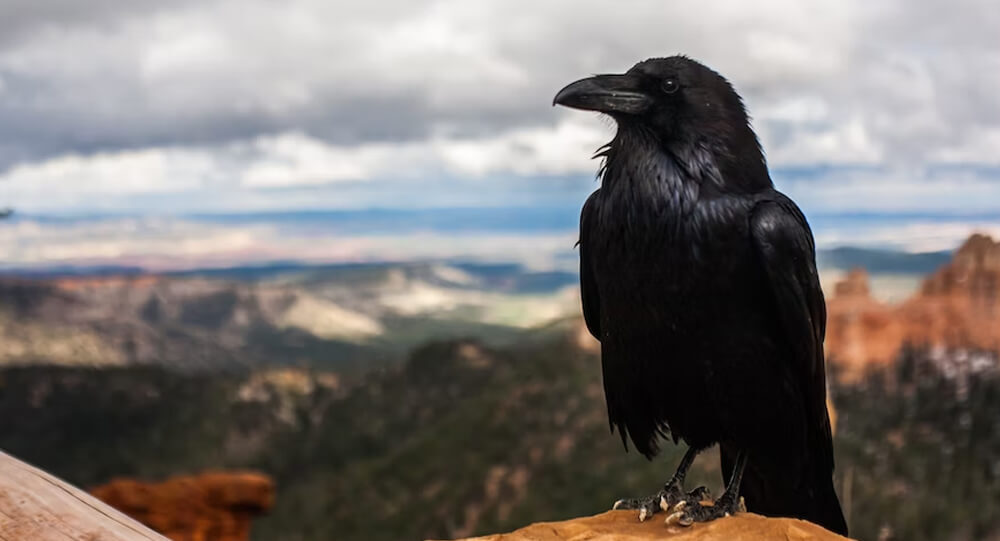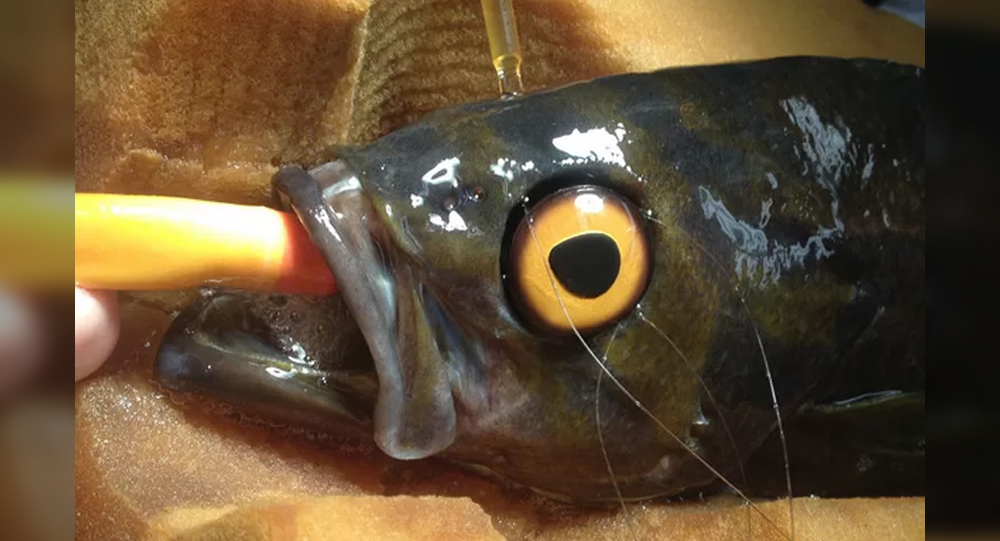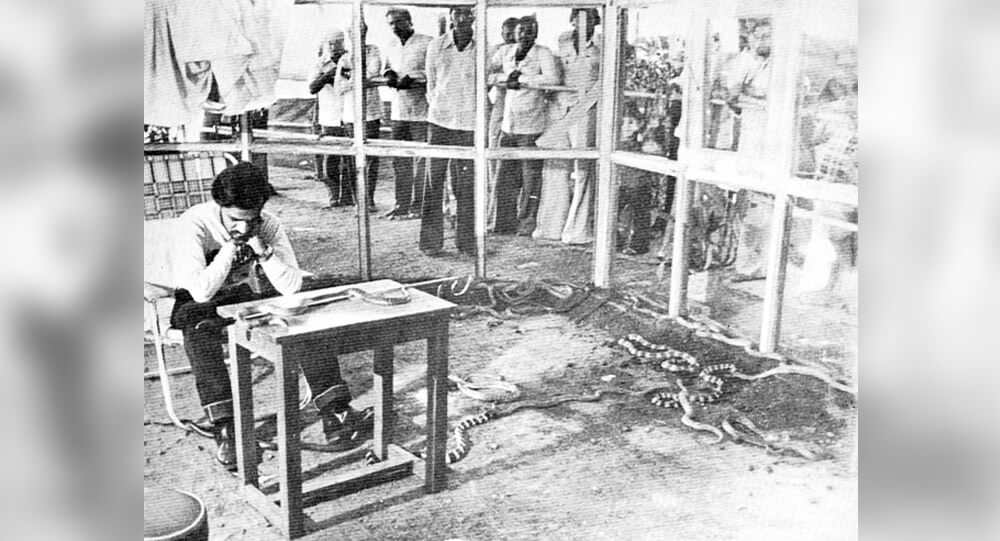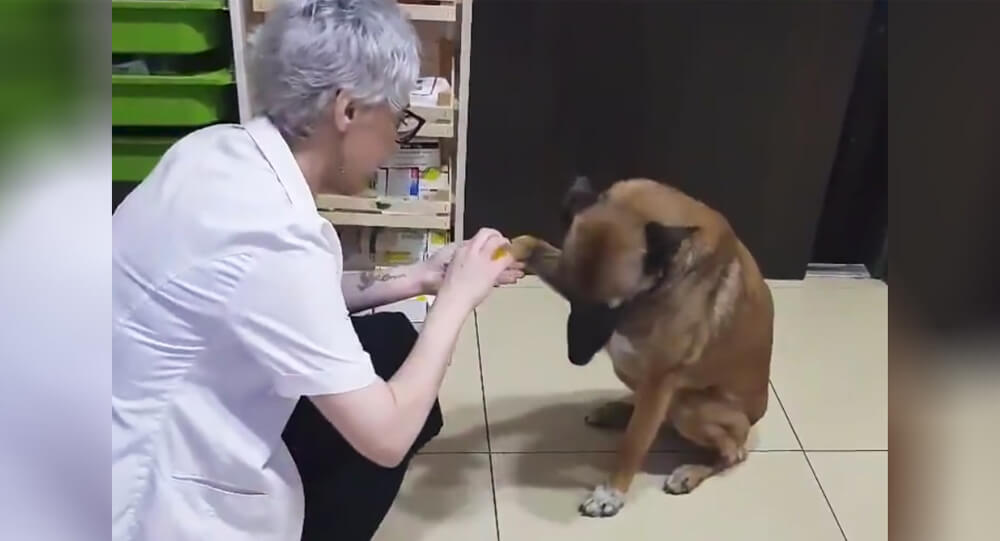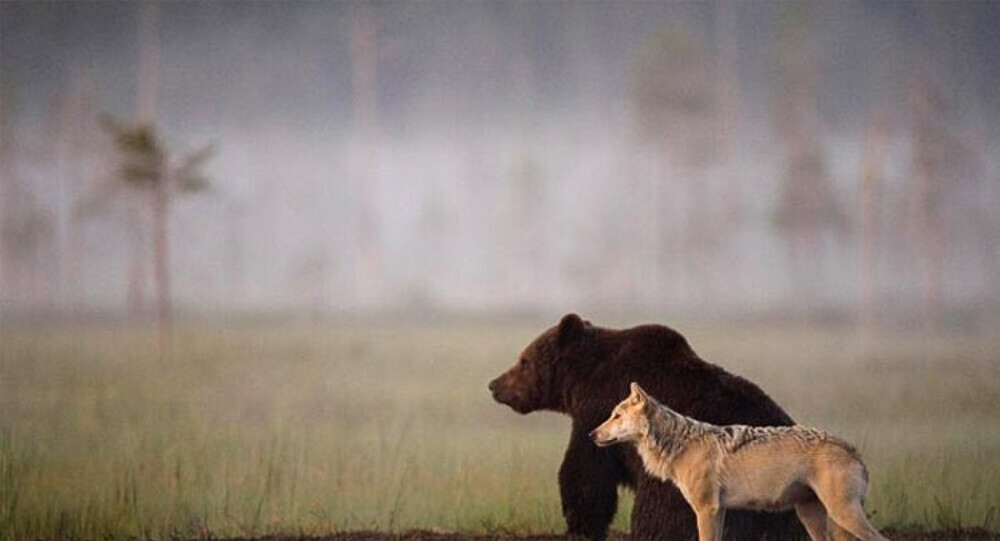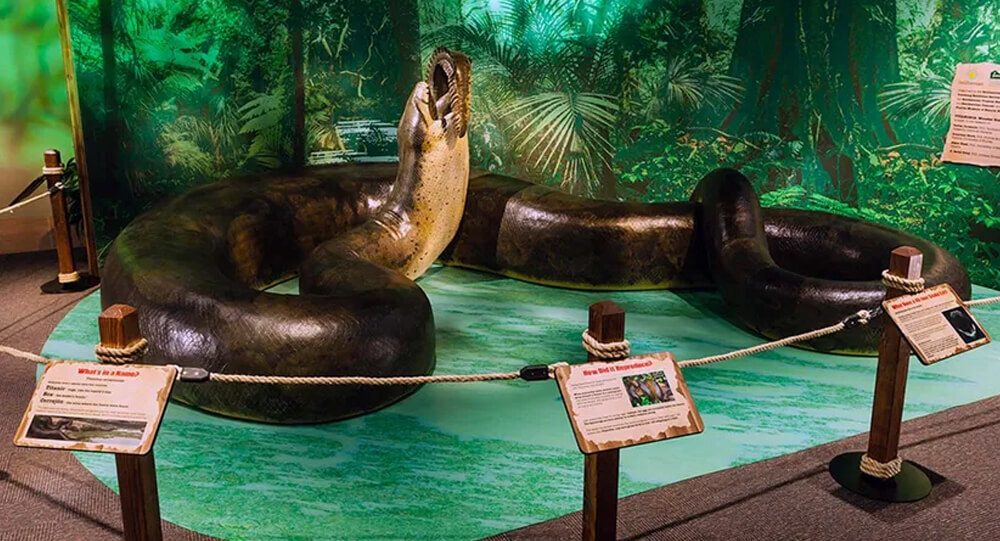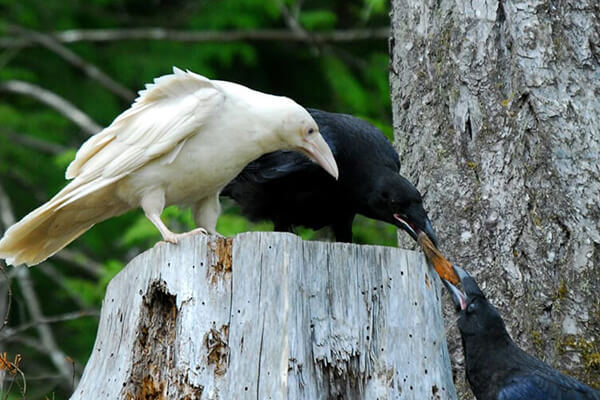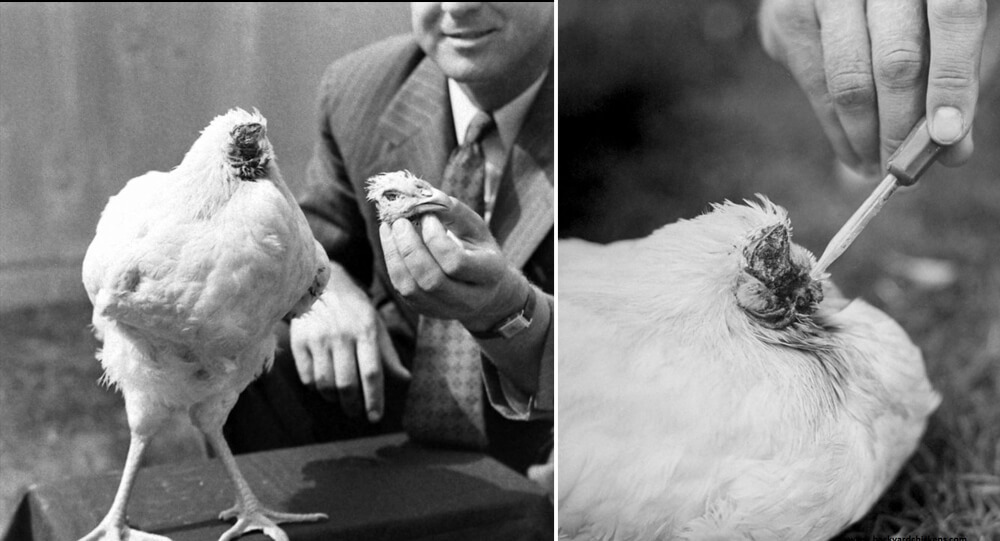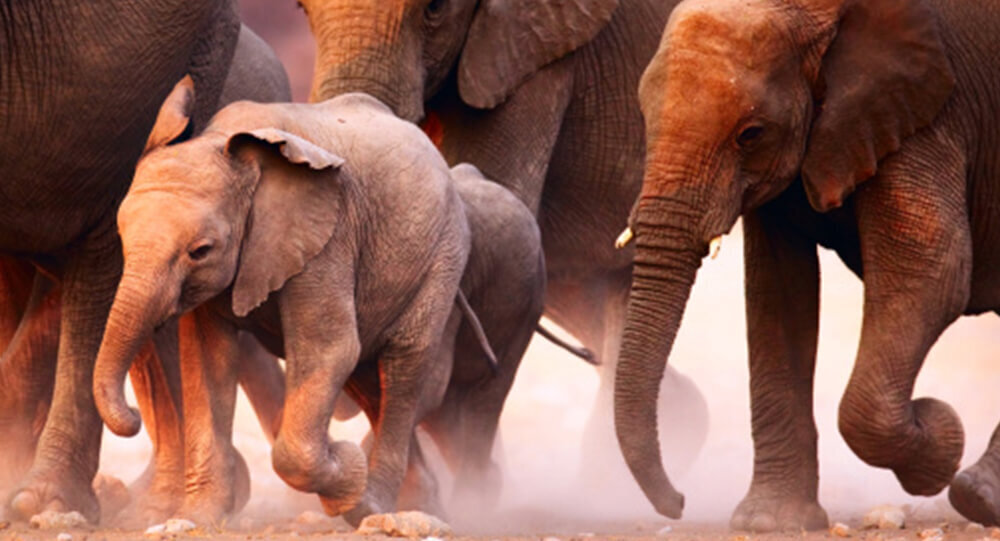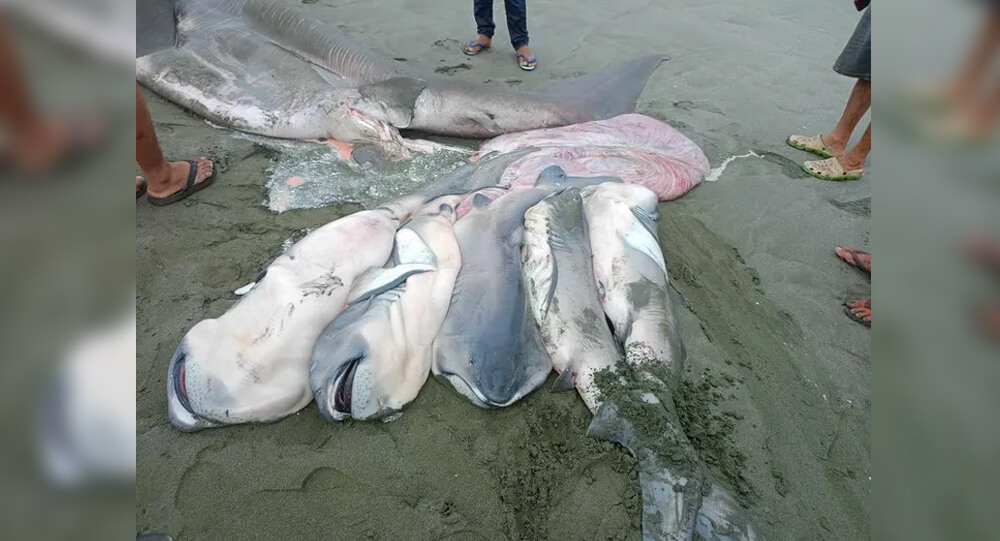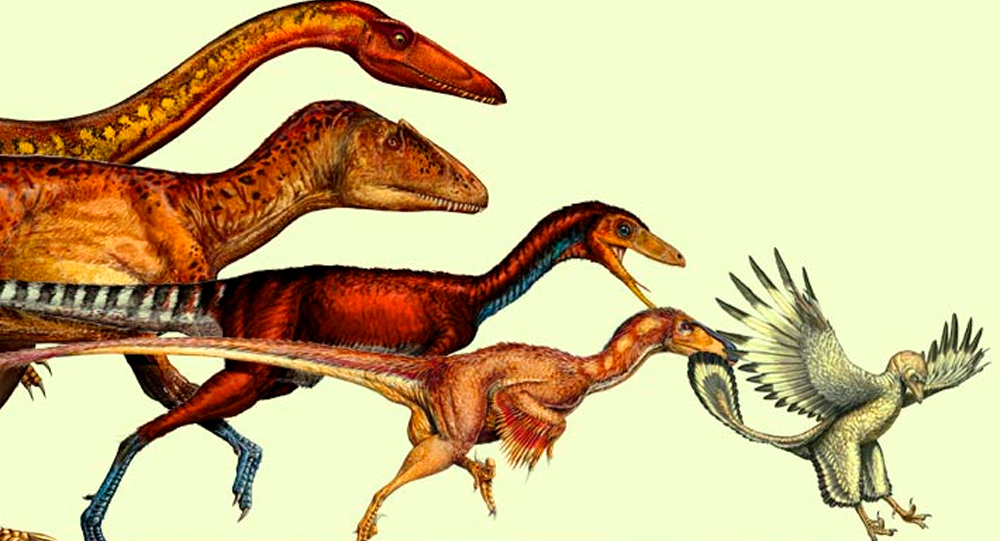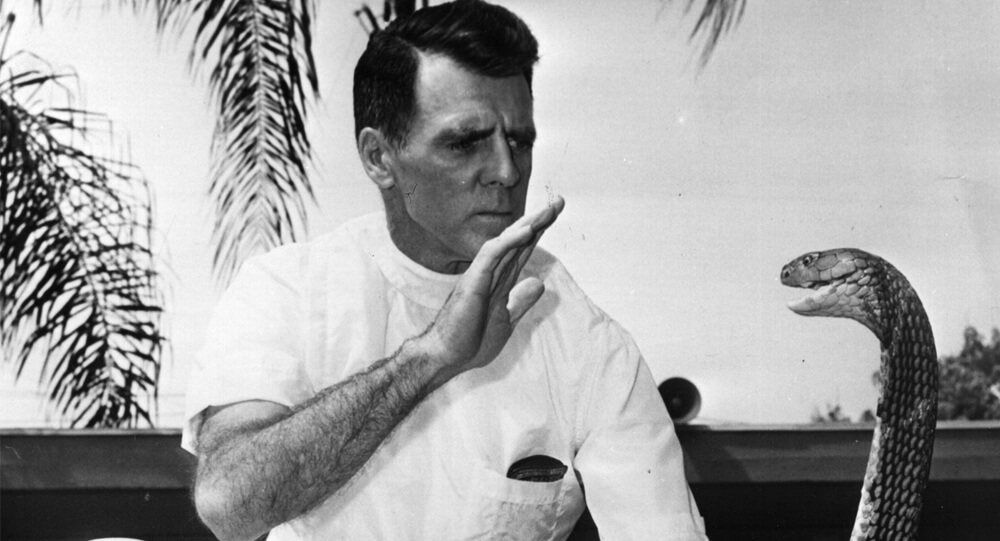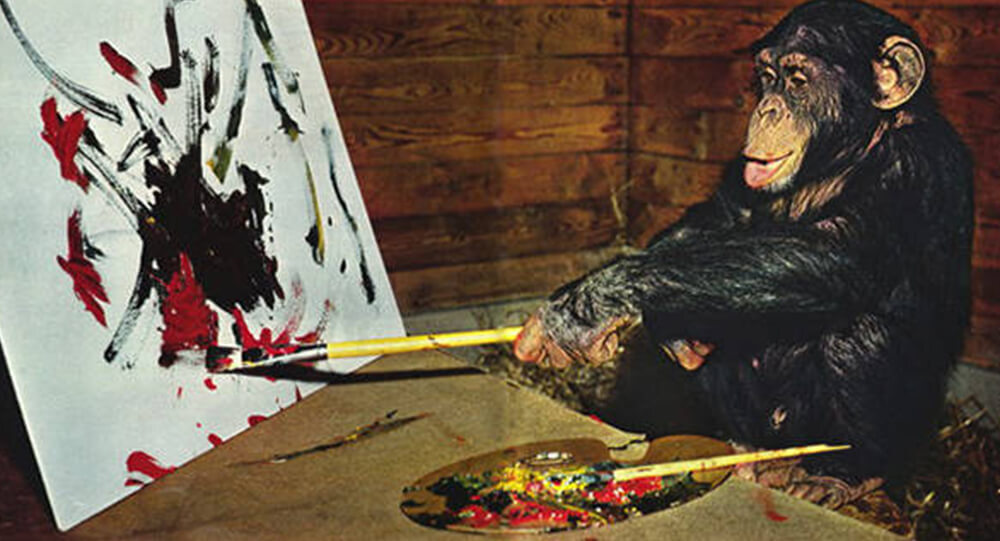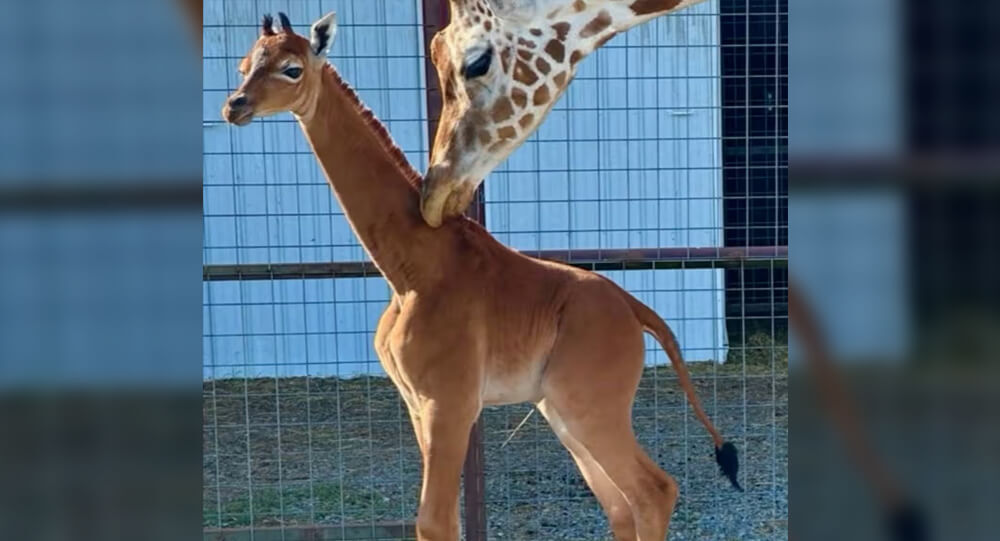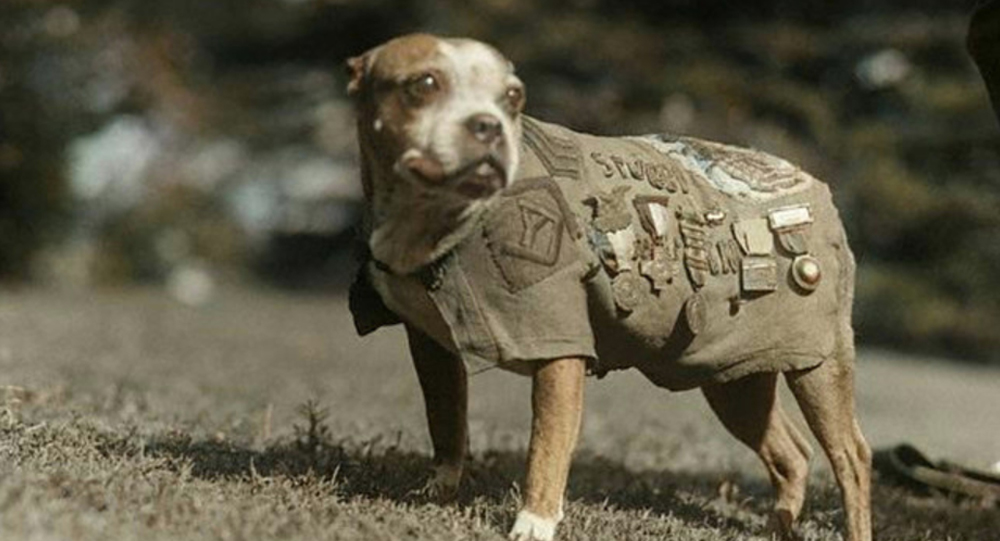

The Incredible Story of Sergeant Stubby, the Dog Who Became a War Hero
The story of Sergeant Stubby begins in 1917 on the grounds of Yale University, where American soldiers of the 102nd Infantry Regiment were training for deployment to Europe. Amid the drills and camaraderie, a scruffy, tiger-striped stray dog wandered nearby. The soldiers welcomed the dog, who was eventually named Stubby.
Private J. Robert Conroy quickly bonded with Stubby, unofficially adopting him as the regiment’s mascot. Despite army regulations forbidding pets, Conroy smuggled Stubby aboard the troop ship as they sailed to France for combat.
Upon arrival, Stubby impressed officers by saluting—raising his paw in a gesture trained during camp—and his place alongside men was secured.
In the Trenches: Stubby’s Wartime Bravery
Stubby’s war record is nothing short of remarkable. He participated in 17 battles over 18 months on the Western Front, often braving artillery barrages and gas attacks alongside the soldiers.
His keen senses proved invaluable. Stubby was exposed to mustard gas but survived, later developing acute abilities to detect the deadly gas. When his unit faced surprise chemical attacks, Stubby alerted soldiers by barking, providing crucial seconds to don gas masks and avoid fatal exposure.
Stubby also excelled at finding wounded soldiers trapped in “no man’s land,” guiding medics to their locations with urgent howls. His presence was a comfort to frightened soldiers, offering both physical protection and emotional support in hellish conditions.

The Capture of a Spy: Stubby’s Most Famous Feat
Among his many heroic acts, Stubby famously apprehended a German soldier suspected of spying on the Allied trench lines. On patrol, he noticed the stranger acting suspiciously, chased after him, and bit the man’s pants, pinning him until American troops arrived.
This courageous action earned Stubby the unique distinction of being promoted to the rank of sergeant—likely the only dog in American military history to receive such a battlefield commission. The promotion acknowledged his invaluable service and boosted the morale of the entire regiment.
After the War: Fame, Honors, and Legacy

Following the Armistice, Stubby returned home with Conroy and was celebrated as a hero. He toured the United States with war bond drives, receiving medals from General John J. Pershing and recognition from three U.S. presidents—Woodrow Wilson, Warren G. Harding, and Calvin Coolidge.
Stubby’s preserved body is now displayed at the National Museum of American History in Washington, D.C., serving as a lasting tribute to the courage and loyalty of animals in war.
In 2018, his extraordinary story was immortalized in the animated film Sgt. Stubby: An American Hero, introducing new generations to the legendary dog of World War I.
Fascinating Trivia About Sergeant Stubby
- Stubby was likely a Boston Terrier or “bull terrier” mix, but his exact breed remains uncertain.
- He reportedly learned to healate to bugle calls, march in formation, and respond to orders like a soldier.
- Stubby survived being wounded by shrapnel during the Battle of Seicheprey, carrying on with field duties.
- His owner, Private J. Robert Conroy, served in the 102nd Infantry and remained Stubby’s closest human companion.
- Stubby’s ability to detect mustard gas was attributed to his acute sense of smell and prior exposure.
- The dog’s story was widely covered by newspapers during and after the war, fueling his national celebrity.
- Historical records credit him with saving an estimated 250 soldiers’ lives during his service.
- Stubby’s success helped highlight the important role of military working animals in combat zones.
The Unsung Valor of War Animals
Stubby’s story is a testament to the vital and often underappreciated role animals have played in military history. Dogs like Stubby provided early warning of dangers, delivered messages, found wounded soldiers, and boosted troop morale—often at great personal risk.
During World War I, hundreds of dogs served in front-line units, offering companionship and practical assistance. The legacy of these animals continues today, with military working dogs used for detection, search and rescue, and security operations.
Stubby’s exceptional record serves as a symbol of how animals can embody courage, loyalty, and sacrifice alongside human comrades.
Lessons from Sergeant Stubby: Courage and Companionship
Sergeant Stubby reminds us that heroism takes many forms—sometimes in unexpected sizes. His keen instincts, bravery, and tenacity forged a bond that saved lives and uplifted spirits amidst the horrors of trench warfare.
His story encourages reflection on the human-animal connection and the extraordinary capability of non-human beings to impact history and human affairs profoundly.
Final Thoughts: Celebrating America’s Legendary War Dog
From a stray on a training ground to a decorated soldier and national hero, Sergeant Stubby’s journey captivates and inspires. He stands among history’s most extraordinary animals whose actions transcended species and changed the fate of many.
As we honor Stubby’s memory, we celebrate resilience, loyalty, and the unyielding spirit that defines true heroism—whether on battlefields or in everyday life.
Sharing this article preserves the memory of Sergeant Stubby’s remarkable service and pays tribute to the silent heroes who stood beside soldiers in war.
Sources & Further Reading:
- Wikipedia: Sergeant Stubby (2006)
- Encyclopaedia Britannica: Sergeant Stubby Biography (2024)
- Forbes: Sgt. Stubby – WWI’s Most Decorated Animal (2025)
- Connecticut History: The True War Dog Story of Sergeant Stubby (2023)
- Smithsonian National Museum of American History: Stubby the War Dog

Photos of dogs who were stung by bees yet remained adorable
Flies are sky raisins, aren't bees jalapeno sky raisins as well? Please note: you are a terrible person if you laugh at this gallery, just kidding. Enjoy the photos of dogs who were stung by bees yet remained adorable.

Why Crows Hold Funerals for Their Dead
Crows are far more than noisy backyard birds; they engage in peculiar, ritualistic behaviors when one of their own dies. Known as “crow funerals,” these gatherings involve groups of crows circling, calling, and sometimes even interacting physically with the deceased in ways that stump scientists and captivate bird watchers. What drives this strange behavior? New research reveals it’s a complex mix of learning, social bonding, and survival instinct wrapped in an enigmatic ritual.

9-Year-Old Hero from Yemen Rescues Fox from a 3-4 Floor Deep Well—No Ropes, Just Bravery
In an inspiring act of courage, a 9-year-old boy from Yemen rescued a trapped fox from a deep well—three to four floors underground—without any climbing equipment. Discover the full story of how quick thinking, determination, and sheer bravery saved an innocent life against all odds.

9 Reasons Crows Are Smarter Than You Think
Crows have the intelligence of a 7-year-old human, making them one of the smartest non-primate animals on the planet. They use tools, have a long-term memory that includes facial recognition, and comprehend analogy.

Why the Brooklyn Bridge Was Once Crossed by 17 Camels and 21 Elephants
On May 30, 1883, a rumor that the Brooklyn Bridge was going to collapse caused a stampede, which killed at least at twleve people. To prove the bridge was safe, P.T. Barnum led a parade of 21 elephants over it.

A one-eyed Vancouver fish receives a fake eye so that other fish will not bully him
A fish whose eye was removed due to cataract was bullied by other fish at the Vancouver Aquarium. So the vets fitted the fish with a prosthetic eye to fool the other fishes.

The story of a man who spent 72 hours with 72 venomous snakes to prove they only bite when provoked
In the 1980s, an Indian man spent 72 hours in a glass cabin with 72 snakes, some of which were extremely venomous. His aim was to prove that snakes only attack when provoked. Remarkably, he was not bitten once in those 72 hours and even set a Guinness World Record in the process.

The viral stray dog walked up to a pharmacy in Istanbul and showed an injured paw
Back in 2019, a stray dog walked up to a pharmacy in Istanbul and showed an injured paw to the pharmacist who then treated the wound and gave the dog food and water. The incident was caught on video, which went viral instantly.

Remembering Alex: The African Grey Parrots Final Message
"You be good, I love you. See you tomorrow" Parrot's last words to her caretaker. Alex (1976 – September 6, 2007) was an African Grey Parrot and the subject of a thirty-year (1977–2007) experiment by animal psychologist Irene Pepperberg, initially at the University of Arizona and later at Harvard University and Brandeis University. Pepperberg bought Alex in a regular pet shop when he was about one year old.

The unique friendship of a bear and a dog
A female grey wolf and a male brown bear's remarkable "friendship" was captured by Finnish photographer Lassi Rautiainen over the course of ten days in 2013. Together, they traveled everywhere while hunting and splitting their catch.

Blind dog guides by goose, Story of Boxer and Buttons’ friendship
When Baks the blind dog was left blinded after an accident, his friend Buttons became his seeing-eye-goose by hanging on to him with her neck and honking to direct him.

Chen Ami, The Bravery pigeon that saved 194 Soldier
During World War 1, a carrier Pigeon name Cher Ami was shot, blinded and had her leg blown off. She is still able to deliver the message and saved lives 194 soldiers.

Titanoboa cerrejonensis, fossils of the world’s largest species of snake
In 2009 in a coal mine of Columbia, scientists discovered fossils of the world’s largest species of snake. The species is called “Titanoboa cerrejonensis,“and it is from around 60 million years ago. It would have had measured about 48 feet long and weighed about 2,500 pounds

10 Rarest and Albino animals you haven’t seen
For centuries, people have been fascinated and enchanted by the ghostly appearances of abnormally white animals. People have loved albinos and other unusually white animals so much that they may be helping to increase their numbers, despite the difficulties these animals face in the wild. While these unusual animals did not win the genetic lottery, they have persevered in the face of adversity.

The story of The chicken that lived for 18 months without a head
Mike the Headless Chicken was a rooster whose head was accidentally chopped off but miraculously survived. This is due to most of the brain stem being left intact. He was fed using a special tube that delivered food directly into his esophagus. Despite his lack of a head, he lived for 18 months, gaining worldwide fame before ultimately choking on a kernel of corn during one of his tours, in a Motel in Fruita, Colorado.

Earthquakes: Can Animals Really Predict Them?
In 1975, when officials in the Chinese city of Haicheng were alarmed by odd and anxious behaviors of dogs and other animals. These observations led them to order 90,000 residents to evacuate the city. Only a few hours later a 7.3 magnitude earthquake destroyed nearly 90% of the city’s buildings.

Megamouth Shark And Her Babies Found Dead In The Philippines
Filipino zoologists have recorded a pregnant megamouth shark for the first time ever since the rare aquatic specie was discovered in 1974.

The Evolution of Flight: From Dinosaurs to Birds – A Journey Through Time and Science
Flight is one of nature’s most remarkable adaptations, but its origins trace back millions of years before modern birds took to the skies. Emerging from theropod dinosaurs during the Jurassic period, birds evolved feathers, wings, and lightweight bodies that enabled powered flight. This detailed narrative explores the fascinating evolutionary path from ground-dwelling dinosaurs to the aerial masters of today, blending science, intriguing fossil finds, and surprising trivia about our feathered ancestors.

The story of Bill Haast, who lived to be 100 despite his extensive snake venom injections
Bill Haast immunized himself by injecting snake venom into his blood for several years. He holds the Guinness World Record for surviving the most lethal snake bites, having been bitten over 172 times. Bill became known as "Snake Man" around the world and lived for over 100 years.

How Switzerland ended rabies epidemic by air-dropped vaccinated chicken heads
A rabies epidemic struck foxes in Switzerland in the 1960s. The government wanted to vaccinate foxes against rabies, but manual vaccination was difficult and expensive. Instead, they began dropping vaccinated chicken heads across the countryside for the foxes to consume, and the rabies vanished.

Pierre Brassau: The chimpanzee painter who deceived the avant-garde world
Abstract paintings by a previously unknown artist “Pierre Brassau” were exhibited at a gallery in Sweden, earning praise for his “powerful brushstrokes” and the “delicacy of a ballet dancer”. None knew that Pierre Brassau was actually a 4 year old chimp from the local zoo.

A man travels for hours daily through a drought to provide water for wild animals.
This man travels throughout Kenya bringing thirsty animals thousands of litres of water. Patrick Kilonzo Mwalua regularly travels to the Tsavo, where extreme drought is endangering the lives of elephants, buffalo, zebras, and antelope. He promises to keep giving out water every week until it starts to rain in the hopes that getting the word out will lead to a long-term fix.

Bear, Tiger, And Lion Became Friends For Life
In 2001, a Bear, Tiger, And Lion cub where found abandoned in a drug dealer's basement. They were soon adopted by a sanctuary and lived together ever since.

Kipekee, the world's only spotless giraffe, was born at Brights Zoo
The world's only spotless giraffe was born at a zoo in the United States. The giraffe born without spots on July 31 is the only one of her kind on Earth.

How European Rabbits Took over Australia
In 1859, wealthy settler Thomas Austin released 13 wild rabbits on his Australian estate. By 1920, their population grew to 10 billion.


